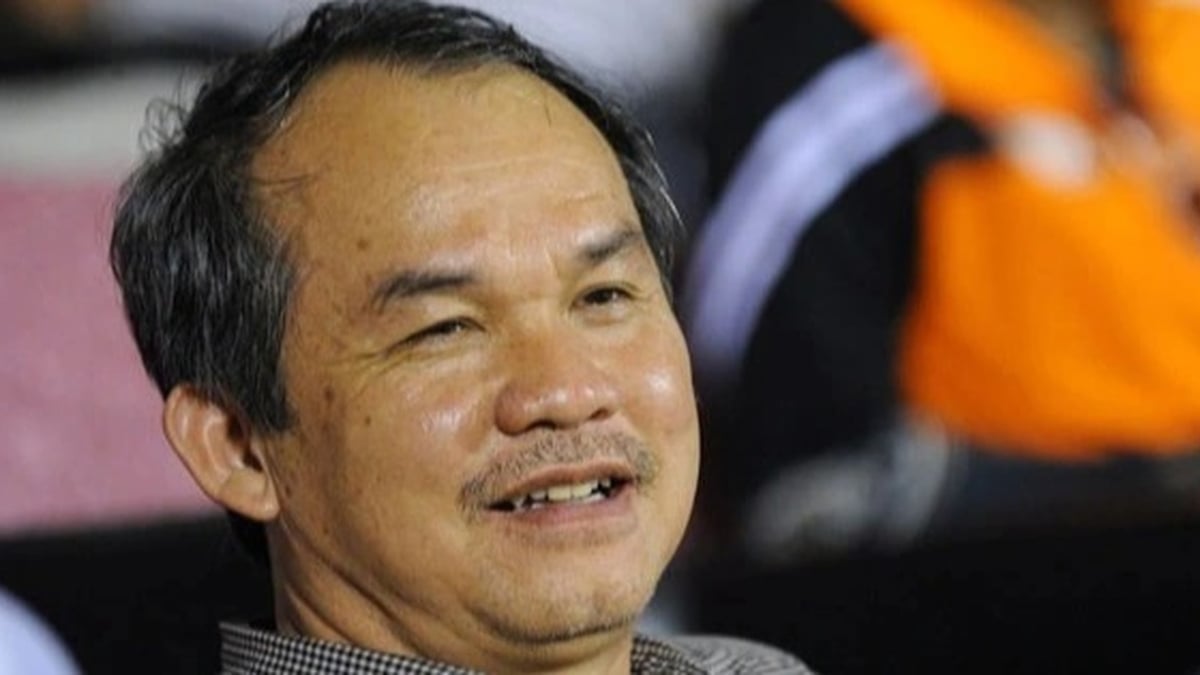 |
| Russia's 2024 budget shows that Moscow continues to plan for a long-term conflict with Ukraine, as well as confrontation with the West. (Source: bitcoin.com) |
Russia's 2024 budget shows they still “bet big” on increased military spending and continue to plan for a long-term conflict with Ukraine, as well as confrontation with the West, analysts at the Carnegie Endowment for International Peace said.
Accordingly, total budget revenue is forecast to increase by more than one-third to 35,000 billion rubles (about 349 billion USD, accounting for 19.4% of GDP). Of which, 11,500 billion rubles are expected to be revenue from oil and gas. Total planned expenditure is expected to be 36,600 billion rubles (an increase of 7,600 billion rubles, equivalent to an increase of 26.2% compared to this year).
This means that the budget deficit in 2024 will decrease significantly – from the 2% of GDP expected for 2023 (2,900 billion rubles) to 0.8% of GDP (1,600 billion rubles), according to the Russian government's plans.
Defense spending will increase 1.7 times in 2024, equivalent to US military spending in the 1980s. The Kremlin has already begun to significantly increase military spending through the implementation of a nine-year, 20 trillion ruble rearmament program since 2011.
In ruble terms, Russia's spending on combat troops and security forces in 2022-2023 has already exceeded all spending in 2011-2021. Russia's military spending in 2024 will be equivalent to military spending in any 3-4 years in 2015-2021.
In addition to military spending, social spending will also increase by about 1 trillion rubles, to 7.5 trillion rubles. This spending could include spending on pensions and welfare, spending on “new Russians” in newly annexed territories and pre-election spending.
Russia's national security spending will increase from 3.2 trillion rubles this year to 3.5 trillion rubles.
In contrast, spending on the national economy will decrease from 4,100 billion rubles to 3,900 billion rubles.
Spending on education and health care will remain at current levels, meaning it will likely decline by 2024 when inflation is taken into account.
According to the Russian Ministry of Economy, with such government spending, prices will increase by only 4.5% in 2024. GDP growth is expected to be 2.3% and not lower than 2% in 2025-2026.
The price of Urals oil is calculated at $ 71.3 / barrel, in contrast to the current ceiling price of $ 60 / barrel. And according to forecasts, the average exchange rate of the USD in 2024 will be 90.1 rubles.
Thus, for the first time in modern Russian history, military budget spending includes the army and the state. Defense spending will account for 6% of GDP, exceeding social spending.
According to Russian President Vladimir Putin, the conflict with Ukraine and, more broadly, the confrontation with the entire West should ultimately not only be the Kremlin's biggest priority, but should become the main driver of economic growth.
Judging by the published data, the Kremlin believes that Western sanctions on oil and petroleum products, as well as restrictions on other types of exports, are not having an effect. This means that there will still be revenue from the energy sector to fill the budget.
The record military budget suggests that Russia still has plenty of room for a long-term conflict with Ukraine, which continues into 2024. And if it moves from a hot phase to a more relaxed phase, or even a freeze, the money will still be used to replenish Russia’s already depleted military arsenal. Likewise, the 2024 budget projections include enough money to fund a partial or even full mobilization if the country is suddenly placed under martial law, if the Kremlin deems it necessary.
Thus, the sharp increase in spending will be mainly due to the devaluation of the ruble. Inflation will then be kept in check by maintaining a moderate budget deficit, which is expected to be financed by internal borrowing. The total revenue of about 1.5 trillion rubles received from oil and gas will be transferred to the reserve fund.
The Carnegie Endowment for International Peace analysis found that the projected revenue level, under pressure from record rounds of sanctions from the US and its European allies, appears too high and unrealistic. If oil prices were to fall suddenly, for example due to economic problems in China, or if the West were to increase sanctions pressure or learn to better deal with sanctions evasion, the announced budget revenue would be difficult to maintain.
But in any case, military and social spending will be offset by non-oil revenues. So it seems Moscow intends to cash in on the economy by 2024.
The government's recent introduction of new taxes on exporters (10% for fertilizer producers and 4-7% for all other industries depending on the ruble exchange rate), aimed at supplementing budget revenues and supporting the ruble exchange rate, could become a permanent measure rather than just a temporary one.
Tax increases are also possible, however, sometimes that is also the “price” that Russia has to pay for other goals besides the economy, in some way.
Source



































































































Comment (0)